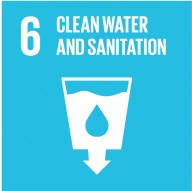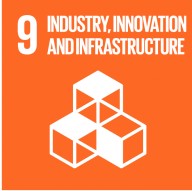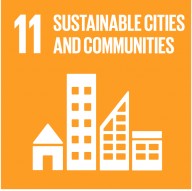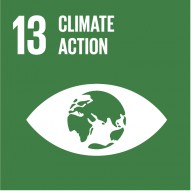
Crete Masterplan
Challenge
Crete is the largest Greek island and the second biggest (after Cyprus) of the East Mediterranean. It comprises mixed and complex water supply systems that combine surface waters (water dams, reservoirs and springs) and groundwater (wells, spring water tapping). The island, which has to rely on its own water resources, is characterized by the lowest rates of annual precipitation in Greece.
Water shortage incidents are occasional, especially during summer months when the population in some regions doubles due to tourism. Over the last years, Crete has faced severe flood events, which tend to intensify, and have led to significant loss of properties and damaged infrastructure. The present project aims to produce a comprehensive plan of measures and actions for the management and utilization of water resources and deliver a solid plan, for the next decade of infrastructure development on flood control and mitigation works.
Approach
MASTERPLAN comprises two main objectives:
(a) Water Supply Works:
PHASE A - INVENTORY OF EXISTING INFRASTRUCTURE IN HYDRAULIC WORKS:
Evaluation Report, regarding current infrastructure for the exploitation of water resources, allowing the derivation of management priorities and defining required studies and projects.
PHASE B: MANAGEMENT STUDY OF THE ISLAND OF CRETE:
Including water supply management proposals for Crete, forecasts of future water demand under Climate Change conditions, proposals and implementation programs for water supply upgrade projects, proposal for demand management and costing of water services, special projects for the utilization of water resources (reuse of waste, water for industrial use, etc.) in existing or future parts of the water supply system, and Strategic Environmental Impact Assessment.
(b) Flood Protection Works:
PHASE A – DEFINED AREAS OF POTENTIALLY HIGH FLOOD RISK (EU floods directive) and PHASE B - REST OF THE ISLAND.
Each phase includes: Recording and organization of existing information, assessment of the current situation based on existing flood works and hydrologic (HEC-HMS) and hydraulic (HEC-RAS) modeling for the delineation of flood plains under various return periods (compatible with National Flood Management Plans methodology), proposals for flood risk mitigation and adaptation related hydraulic works and, compilation of flood events registries and creation of an e-database.
Impact
Crete’s population is estimated at about 680.000 according to 2011 official records, about 6% of Greece’s population, and it has risen by about 1,7% the past 10 years. Its population significantly rises during the summer months due to the tourists’ arrivals. Pre-COVID data showed an increasing touristic activity in the island, where the tourism industry is flourishing and plays an important role in the economy of the island.
The project supports the Organisation for the Development of Crete (OAK SA) in selecting the best management practices and forthcoming water and flood management related works for Crete island. Developing and armoring the island’s water resources against current and future water stress challenges, the project is enhancing water security and curves the next decade’s flood management infrastructure planning. Crete’s MASTERPLAN is leveraging the development of local population and related economic activities.








